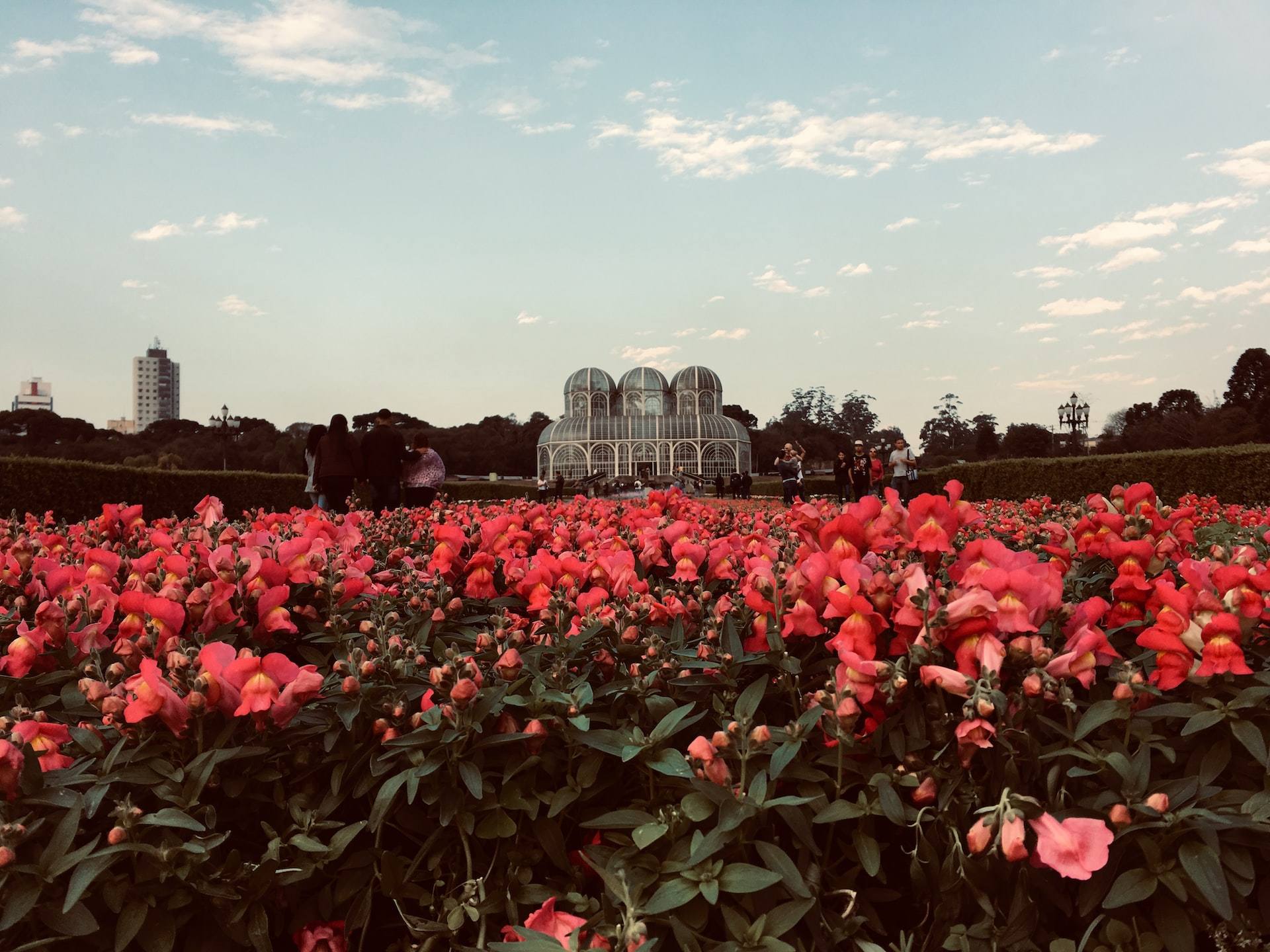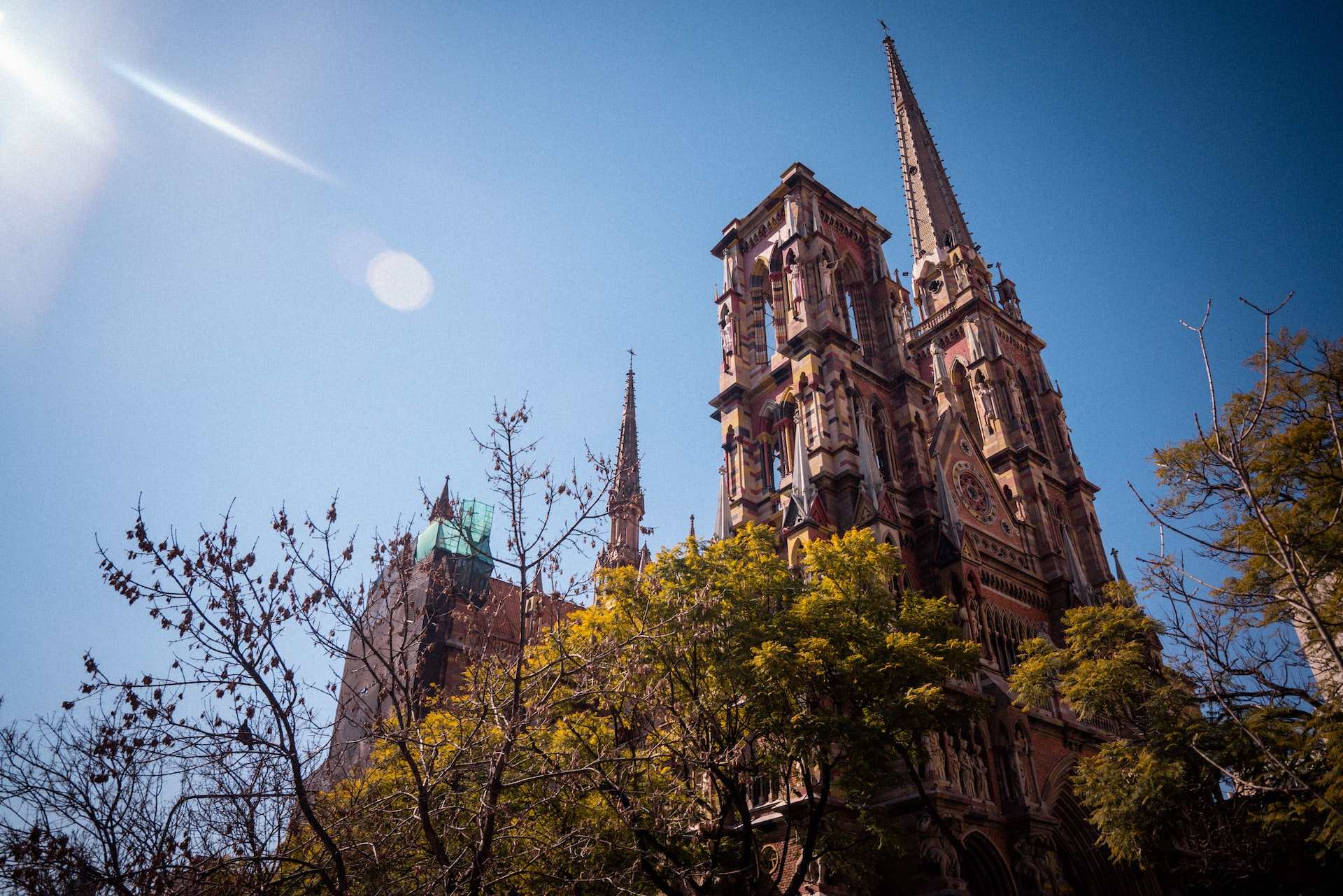Cuzco neighborhoods offer a diverse range of experiences for visitors, from the bustling central Plaza de Armas to the quiet, traditional streets of San Blas. Each neighborhood has its own unique character and charm, making it worth exploring. In this blog post, we’ll take a look at some of the most popular neighborhoods in Cuzco and what they have to offer.
San Blas
Perched on a hill above the city center, San Blas is known for its narrow, cobblestone streets and traditional Andean architecture. The neighborhood is home to many artisans and workshops, where visitors can buy handcrafted textiles, ceramics, and other souvenirs. San Blas also has several small squares and plazas, as well as several churches and colonial-era houses.
Plaza de Armas
The central Plaza de Armas is the heart of Cuzco and a must-see for any visitor. The square is surrounded by colonial-era buildings, including the Cathedral of Cuzco and the Church of the Society of Jesus. The plaza is also a popular spot for street performers and vendors, and it’s a great place to people-watch and soak up the lively atmosphere of the city.
Barrio de San Sebastian
The Barrio de San Sebastian is a colorful neighborhood located just a short walk from the Plaza de Armas. The streets are lined with brightly painted houses and murals, and the neighborhood is known for its lively nightlife. Visitors can find a range of bars and clubs in the area, as well as restaurants and street food vendors.
Sacsayhuaman
Located just outside the city center, Sacsayhuaman is a pre-Incan fortress built on a hilltop overlooking Cuzco. The fortress is an impressive example of Incan stonework, and it offers great views of the city. Visitors can also explore the ruins of several other Incan structures in the area, including the Temple of the Sun and the Temple of the Moon.
Wanchaq
Wanchaq is a neighborhood located on the outskirts of Cuzco, known for its traditional Andean markets. Visitors can find a wide variety of goods on sale, including textiles, pottery, and jewelry. The markets are also a great place to find traditional Andean foods and drinks, such as empanadas and chicha.
Pisac
Located in the Sacred Valley, Pisac is a small town known for its traditional Andean markets and ruins of the Incan fortress and terraces. Visitors can explore the ruins and hike on the Inca trail to the top of the mountain. Pisac is also famous for its Sunday market, where visitors can buy traditional Andean textiles, pottery and souvenirs.
In conclusion, Cuzco is a city with a rich history and culture, and each neighborhood offers a unique experience for visitors. From the colonial architecture and lively atmosphere of the Plaza de Armas, to the traditional Andean markets of Wanchaq and Pisac, there’s something for everyone in Cuzco.
Qoricancha
Qoricancha, also known as the Temple of the Sun, is a must-see for any history buff visiting Cuzco. The temple was built by the Incas and dedicated to the worship of the sun god Inti. The temple was also one of the most important religious and administrative centers of the Inca Empire. Visitors can see the impressive stonework and learn about the history of the Incas at this site.
Cusco Historic Center
The Cusco Historic Center is a UNESCO World Heritage Site and home to many of the city’s most important landmarks and monuments. Visitors can explore the narrow, cobblestone streets and admire the colonial-era architecture. The historic center is also home to several museums, such as the Museum of Religious Art and the Inka Museum, which offer a glimpse into the city’s rich history and culture.
Cusco Cathedral
The Cusco Cathedral is a prominent landmark in the city and a must-see for any visitor. The cathedral was built on the site of the Inca Temple of the Sun and is an impressive example of colonial-era architecture. Visitors can admire the intricate carvings and sculptures inside the cathedral, as well as the beautiful stained glass windows.
El Mercado
El Mercado, also known as the Central Market, is a bustling market located in the heart of Cusco. Visitors can find a wide variety of goods on sale, including fresh produce, textiles, and souvenirs. The market is also a great place to find traditional Andean foods and drinks, such as cuy (guinea pig) and chicha.
Maras
Maras is a small town located in the Sacred Valley, known for its salt mines. The salt mines have been in operation for over 500 years and are still in use today. Visitors can see the unique terraced ponds where the salt water is evaporated to produce salt, and also buy some of the salt as souvenirs.
Ollantaytambo
Ollantaytambo is another town located in the Sacred Valley, known for its well-preserved Incan ruins. The town was an important religious and administrative center during the Inca Empire and visitors can explore the temples, terraces, and the fortress. Ollantaytambo is also a popular starting point for the Inca Trail to Machu Picchu.
Cuzco is a city full of history and culture, and each neighborhood has its own unique charm and character. From the bustling central Plaza de Armas to the quiet, traditional streets of San Blas, and the ancient ruins of Sacsayhuaman and Ollantaytambo, there is something for everyone to explore in Cuzco.



